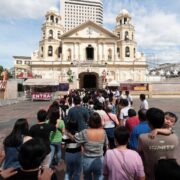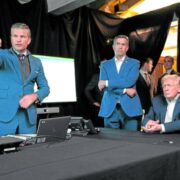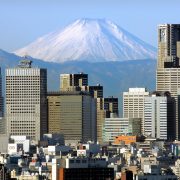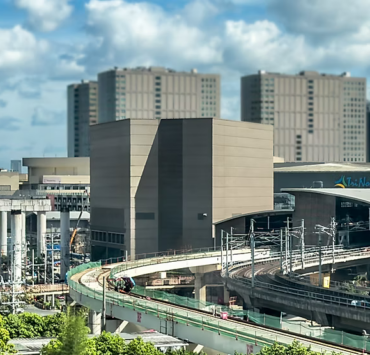Design strategies that capture the investment-savvy Filipino

The evolving Philippine real estate sector is an intersection of aspiration and practicality.
As demographics shift and economic stability becomes more widespread, prospective buyers look for specific features that bring comfort, value, and quality to their everyday lives. Developers must capture these trends to build homes and experiences that Filipinos can cherish.
Open spaces and connectivity
Open plan living has captured the imagination of many households, driven by the need for flexibility, family interaction, and practical use of space.
Instead of confining functions to rigidly defined rooms, blending kitchens, dining, and living areas allows occupants to adapt their environment to multiple uses.
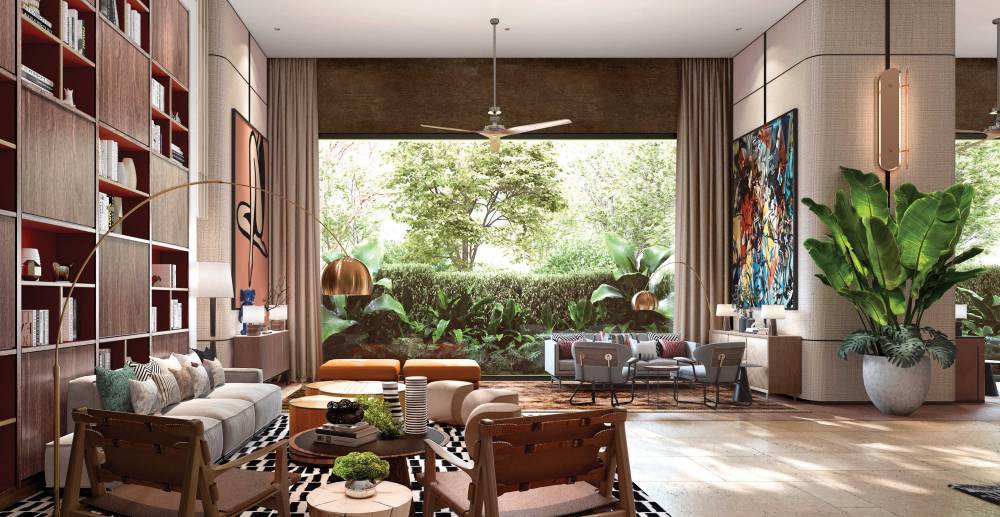
These designs embrace spatial freedom, where seamless integration helps families socialize, work, or entertain guests without barriers. Beyond aesthetics, open-concept spaces enhance airflow and natural light, reducing energy consumption and creating a sense of harmony within the home.
Environmentally conscious choices
Sustainability remains an essential element that resonates deeply with many homebuyers who value eco-conscious choices not only for ethical reasons but also for the cost-efficiencies they can provide.
Energy-efficient windows, proper insulation, and solar-ready roofs represent architectural opportunities to introduce lasting value to new developments.
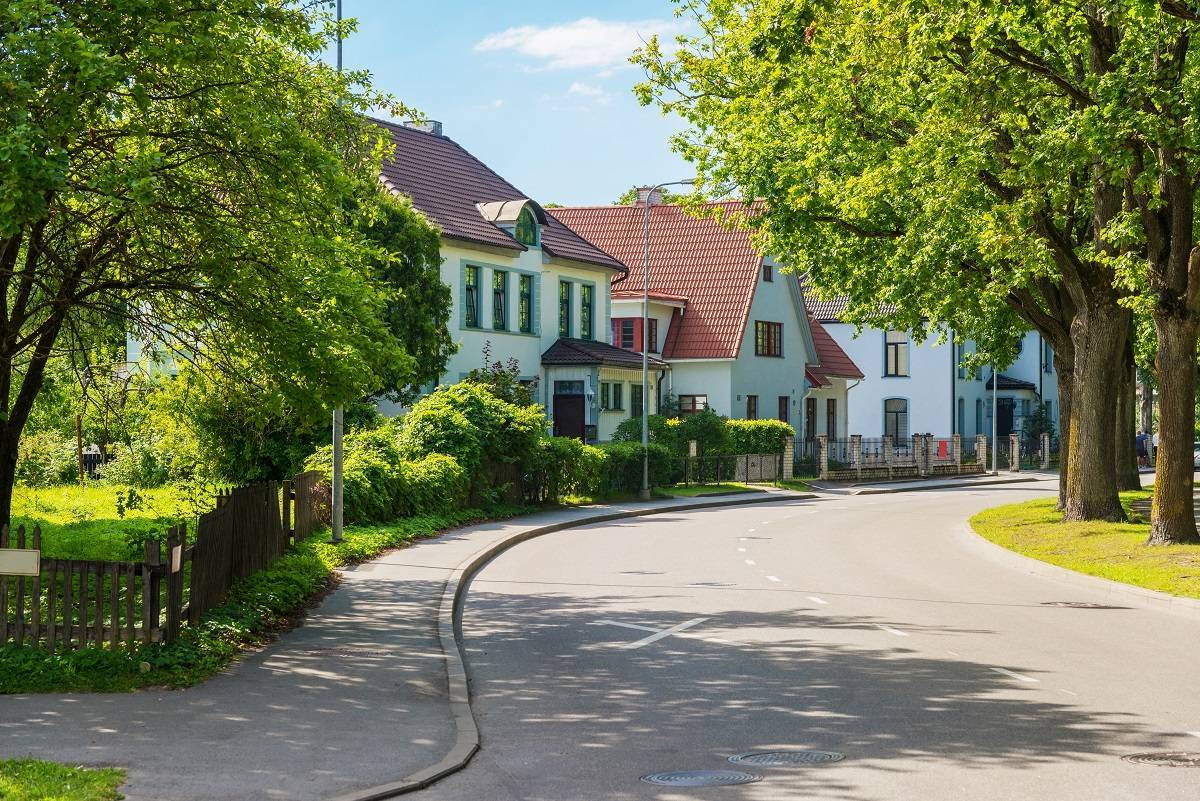
Green features that reduce the carbon footprint also support long term affordability. Homes with rainwater harvesting systems, energy-efficient lighting, and natural ventilation tap into environmental values and financial prudence.
Strategic locations, essential connectivity
Prospective buyers often seek residences that provide easy access to essential services, transportation hubs, and commercial centers.
Location is appealing because it minimizes commute times and enhances the work-life balance many strive to achieve. Proximity to schools, healthcare facilities, public transport, and recreational amenities heavily influences purchasing decisions.
Designing developments with strategic foresight, where residences integrate with or lie adjacent to existing urban conveniences, heightens their attractiveness. These projects become less about offering isolated buildings and more about creating environments promising practical, communal living.
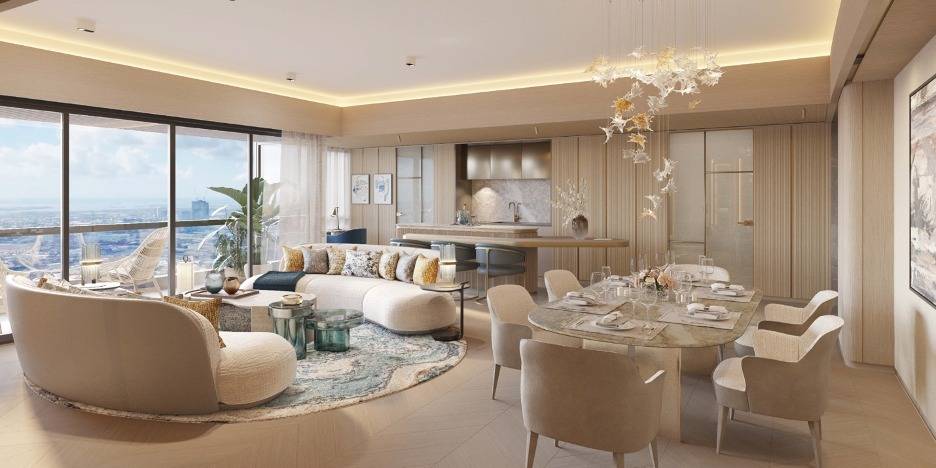
Communal amenities, lifestyle integration
The inclusion of community-centered amenities adds another layer of appeal to these developments. Spaces like parks, walking paths, multipurpose function rooms, and well-designed playgrounds fulfill a broader need for comfort, relaxation, and social interaction.
Health-conscious amenities, like gym areas, swimming pools, and spaces for yoga or meditation, cater to the increasingly active lifestyles of younger Filipino families. The community becomes an extension of one’s home, offering support, engagement, and experiences that add to everyday living.
Security and privacy as fundamentals
Safety plays a significant role in home selection, especially in urban and peri-urban settings.
Security goes beyond high fences and guardhouses. Thoughtful design emphasizes well-lit pathways, intuitive neighborhood layouts that reduce isolation, and surveillance systems that seamlessly integrate into the development’s aesthetics.
Privacy, too, remains vital, as families desire spaces to feel connected to the community and comfortably secluded.
Technology integration without excess
Smart technologies have also entered the consideration set for new properties.
While luxury developments may focus on elaborate automation, many buyers value functionality without extravagance. Thoughtful incorporation of smart lighting, temperature control, and security systems that residents can control via mobile devices contributes to comfort and convenience while remaining financially affordable.
Functional, flexible design for evolving needs
Homebuyers value designs that provide adaptability.
The modern Filipino household often needs spaces that transform based on changing circumstances. A spare bedroom today may become a home office or nursery tomorrow. Incorporating flexible layouts and multipurpose rooms into the design offers potential buyers futureproofing that meets evolving needs without expensive renovations.
Keen attention to modularity and adaptability in homes demonstrates an understanding of the practicalities that families face. Developers who prioritize these features respond to the underlying desire for stability in a constantly changing world. For example, creating zones that can be closed off or integrated depending on the need offers a cost-effective way of balancing intimacy with expansiveness.
Creating an identity through architectural aesthetics
Architectural character provides homeowners with a sense of pride and belonging. Modernist lines, Filipino vernacular materials, or distinctive facade treatments ensure that developments don’t become sterile copies of one another.
Developers can create places where residents feel a distinct sense of place by integrating unique design elements, such as textured walls, native-inspired finishes, or artful landscaping.
These aesthetic choices also reflect an understanding of cultural context, something particularly significant in the Philippines, where traditional values blend with modern aspirations. Developers who celebrate both through innovative design will capture the emotional loyalty of homeowners who see their house as a reflection of their identity and ambitions.
The author (www.ianfulgar.com), is a leading architect with an impressive portfolio of local and international clients. His team elevates hotels and resorts, condominiums, residences, and commercial and mixed-use township development projects. His innovative, cutting-edge design and business solutions have garnered industry recognition, making him the go-to expert for clients seeking to transform their real estate ventures



